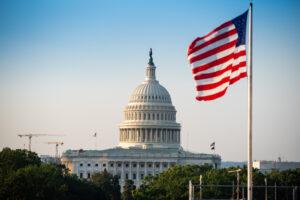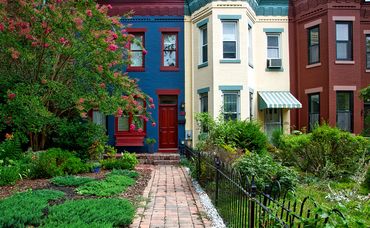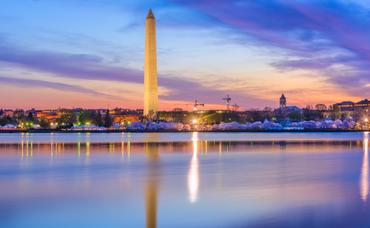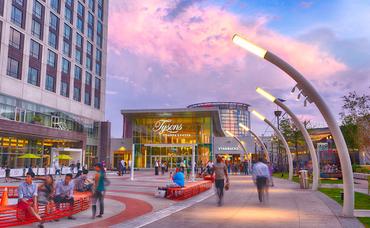Serving as a major arena for politics and international affairs, Washington D.C. is a unique and beautiful city that attracts visitors and new residents from all over the world. In fact, in 2019, D.C. brought in 24.6 million visitors. Thousands of people also move to D.C. yearly, adding to its population of over 680,000 people and giving the city its healthy mix of native Washingtonians and transplants.
Residents of D.C. are often very professionally driven individuals with big goals. Known as a cosmopolitan center for arts, culture, and architecture, The District offers amazing museums and galleries, convenient public transit options, delicious restaurants, esteemed higher education institutions, varied neighborhoods, and iconic monuments and attractions to its residents. Whether you are relocating to D.C. from a nearby area or from across the country, here is everything you need to know about living in the nation’s capital!
The cost of D.C. living
Being a highly desirable place to live and an urban metropolis, The District is not cheap. However, your perception of D.C.’s cost of living will largely depend on factors like your job, lifestyle, salary, and where you are moving from. For example, if you are coming from another notoriously expensive city like New York, or San Francisco, D.C. may actually seem reasonable to you.
To give you a better idea of what to expect overall, here are some helpful statistics. According to PayScale, D.C.’s cost of living is 39% higher than the national average with a median rent price of $2,694. D.C. housing expenses, in particular, seem to be the biggest contributor to its costliness, since they are 148% higher than the national average.
The average base salary in Washington D.C. is $78,000 a year, however, depending on what neighborhood you live in, whether you live with roommates, and how good you are with your money, living in D.C. is achievable.
When it comes to creating your D.C. budget, we recommend that you follow the 50/30/20 rule and put no more than 30% of your income toward your rent, setting aside 20% for savings. Some other clever ways to save money while living in the DMV are to take advantage of all of D.C’s free attractions like the Smithsonian museums; live just a few metro stops outside of D.C. in cheaper neighboring areas like Arlington; invest in monthly metro passes, as opposed to refilling a generic metro card; and buy a home if possible, rather than renting to start building up your personal wealth.
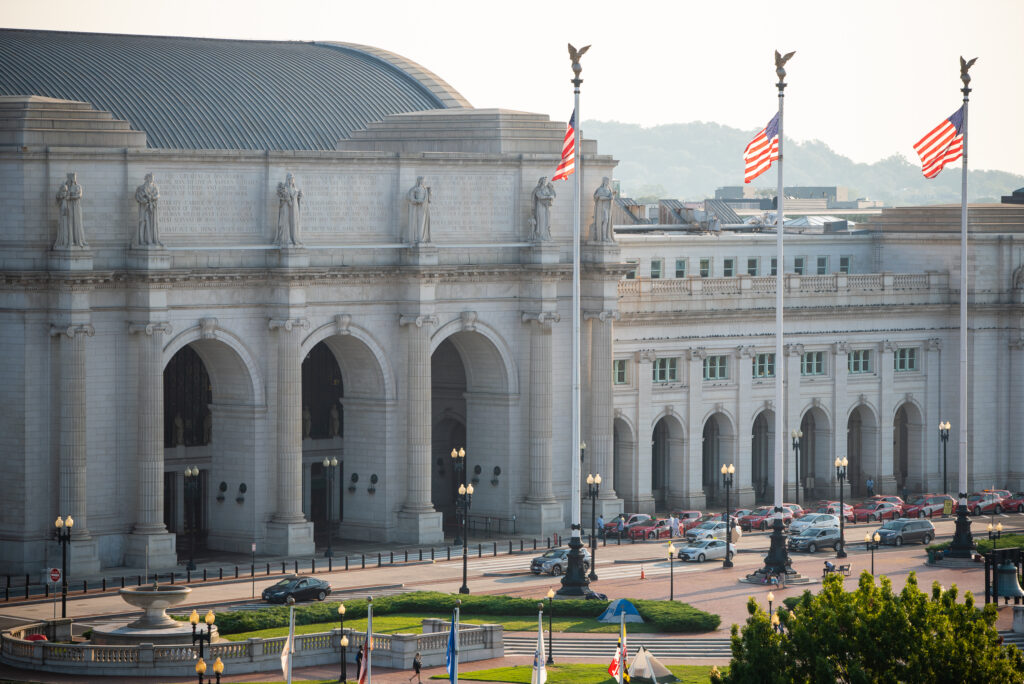
How to find your perfect neighborhood
D.C. is home to over 125 distinct neighborhoods. Holding unique character and charm, Washington D.C. neighborhoods are deeply varied when it comes to their atmosphere, history, residents, and architecture. For example, Capitol Hill is an iconic historic neighborhood known for its family-friendly atmosphere. Whereas, neighborhoods like Foggy Bottom and Logan Circle with their close proximity to popular bars and restaurants are ideal for college students and young professionals. Some communities are more desirable and affordable than others, so doing your research is necessary for choosing the right fit.
Each year, different neighborhoods gain popularity in Washington D.C. You can check out the Keri Shull Team’s where to live in D.C. guide for some relevant inspiration. If you are unsure how to start your search, fret not. We have you covered with our neighborhood spotlights that highlight all the ins-and-outs of many communities in D.C., not to mention, neighborhoods in Maryland and Virginia!
Home options
The types of homes you will find in D.C. vary architecturally between neighborhoods. The same thing goes for home pricing. On the whole, however, D.C. offers a mix of historic, new, and luxury homes. Architecture styles include many Victorian houses, especially row homes in Dupont Circle and Capitol Hill, not to mention, Federal, Contemporary, Tudor, and Beaux-Arts homes, as well as high-rise apartments and condominium complexes.
Home prices in D.C. also vary. The median home price in D.C., according to PayScale, is $859,866. In general, pricier homes tend to be located in more central, downtown areas with lots of access to shopping, dining, and transportation. For example, Apartment Guide says the most expensive neighborhoods in D.C., are Logan Circle-Shaw, West End, Woodley Park, Downtown, Penn Quarter, Chinatown, and U-Street.
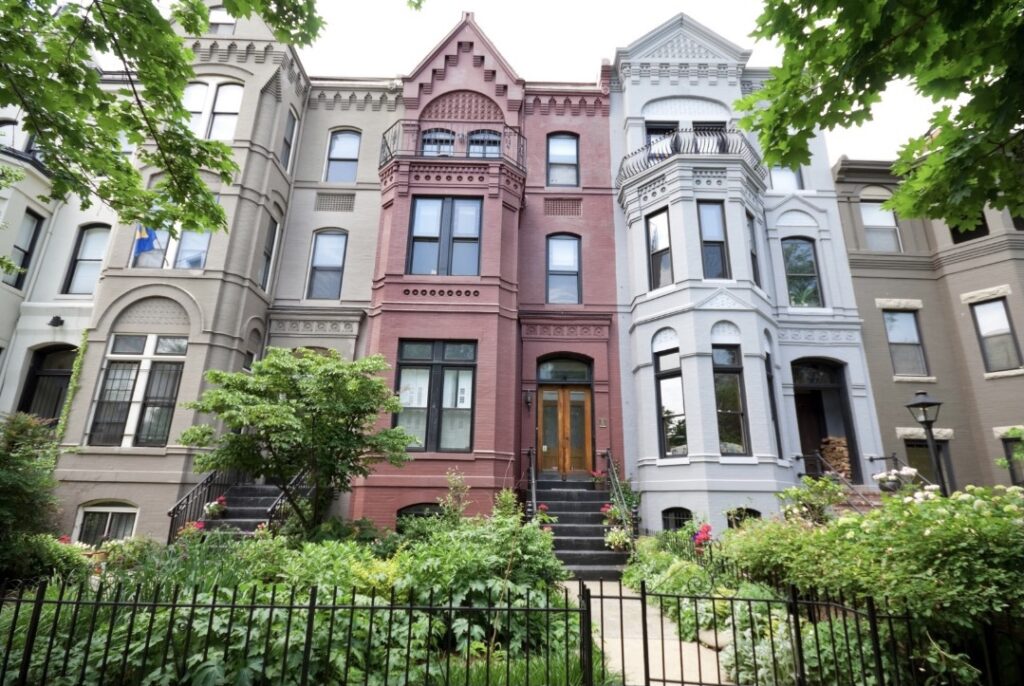
Learning how to get around
You’ll quickly discover that the best way to get around in D.C., especially during busy times like rush hour, is through public transit. The District is known for having clean, easy to navigate, safe, and efficient Metrorail and Metrobus systems, which makes getting around the city a breeze. Metro buses generally supplement service to areas that Metrorail doesn’t cover. Some buses are even free to ride, such as the popular D.C. Circulator that passes through neighborhoods like Georgetown.
Keep in mind that the Metro only runs until midnight on both weekends and weekdays, so any late-night travel you plan on doing will have to be through Uber, taxi, biking, walking, or another transport method. Luckily, D.C. is extremely walkable and bikeable and offers rentable bikes and electric scooters on streets throughout the city.
If you are considering bringing a car with you on your move to Washington D.C., you should consider these key factors when making your decision:
- The distance you will be living from your workplace, school, and grocery stores (do you need a car for your daily commute or activities?)
- The amount of money you are willing to pay on parking (many apartments charge extra for a parking space and street parking isn’t often free)
- How often do you plan on venturing out of the city (trips home, day trips out of the city, and long-distance drives)
Keeping these questions in mind, you should be able to determine whether or not having a car in D.C. is right for you.
The D.C. dress code
Due to the career-driven nature of the city, D.C. can have a bit of an unofficial professional dress code. Although you are welcome to wear whatever you feel most comfortable in, residents tend to gravitate towards looking polished, especially in workplace settings. Similar to other big cities like New York, people are often fashion-conscious and can be more experimental and elevated with their senses of style. Granted, you will still see people walking around in leggings and sweatpants from time to time. However, generally opting for sophisticated and chic clothing is likely in your best interest, especially when going into the office or out for a nice dinner.
Notable attractions
It would be impossible to give a full rundown of everything The District has to offer by way of attractions. However, there are several notable highlights, excluding favorites such as the Lincoln Memorial, the Washington Monument, and The National Mall, that you won’t want to miss exploring. These include:
-
The plethora of free museums
We recommend popular options like the Smithsonian National Museum of Natural History, The National Museum of African American History and Culture, the National Portrait Gallery, and the National Gallery of Art, to name just a few. The best part of all of these is that they come at no cost to you.
-
United States Botanic Garden and Bartholdi Park
Nature lovers will appreciate this free year-round opportunity to enjoy exotic plants both inside the Conservatory and outside on the grounds. The United States Botanic Garden describes itself as “a living plant museum” with ever-changing exhibits. The garden’s serene atmosphere and varied flora live up to its descriptor.
-
Eastern Market
No weekend in D.C. is complete without a trip to Capitol Hill to visit the vibrant Eastern Market. This family-friendly area is a hub of activity, especially on Saturday and Sunday, drawing visitors to its farmers market, flea market, and food halls. You can enjoy live music, fresh produce, and beautiful homemade arts and crafts, all in one convenient location!

-
The variety of iconic restaurants
Providing a robust and diverse food scene, D.C. is every foodie’s dream. The District boasts 23 Michelin Star restaurants and over 100 more restaurants on the Michelin Guide. Some of the most iconic D.C. dishes include oysters, pupusas, half-smoke, and Korean fried chicken. Although you can’t go wrong with most D.C. restaurants, some popular eateries you should check out are French cuisine at Le Diplomate, Balkan brunch at Ambar, Caribbean street food at Cane, Mid-Atlantic dishes at The Dabney, and American tavern food at Old Ebbitt Grill.
Nearby getaway opportunities
Washington D.C.’s total convenience extends beyond merely commuting around the city itself. It is also perfectly situated for traveling to Maryland, Virginia, and beyond for day trips and weekend getaways. Due to the beauty of D.C.’s surrounding areas, there are endless opportunities for mini-vacations outside of the hustle and bustle of the city.
Consider taking the metro to Alexandria to explore the cobblestone streets of Old Town or hopping on a train into Baltimore for a day trip. If you have access to a car, the natural beauty and amazing hiking trails of Shenandoah National Park, the quiet woods and river rafting of Harpers Ferry, West Virginia, and the quaint waterfront city of Annapolis are all just a short drive away. Finally, if you love the beach and you don’t mind a bit of a trek, Virginia Beach is roughly a four-hour drive from D.C. and an ideal setting for a weekend trip.
Washington D.C. is a lively and ever-growing metropolis with something to offer everyone from politics to history, culture, art, music, and food. Being a sought-after city, homes here go quickly. Set yourself up for success in your home search and get priority access to off-market homes you won’t find anywhere else by contacting the Keri Shull Team today, the top-selling real estate team in the Washington, D.C. area.

